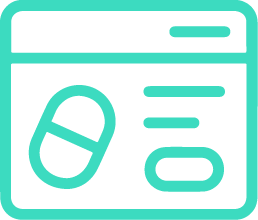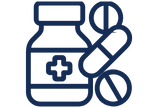In our first blog we discussed the definitions of validation and computerized systems. Assessing the health of the system means checking whether the system operates according to the needs of the process for which it was acquired. This can be done with the validation of the system and must be done periodically in the operational phase.
How do you start? There are many different computer systems, each requiring a different validation effort, but the validation approach should always be consistent. The following approach can be applied to each computer system.
- Describe the system, its functionality and for which process(es) it is being used.
- Analyse the system’s impact on patient safety, product quality, data integrity, GxP processes, etc. If the system has a direct or indirect impact on the patient safety or GxP processes, the system has to be validated.
- Assess within which GAMP5® category the computer system falls. This can be category 1 (infrastructure software), category 3 (non-configured product), category 4 (configured product) or category 5 (custom application). Since the introduction of GAMP5®, category 2 no longer applies.
The category classification of GAMP5® is a tool for determining the software’s complexity and its risks. For example, in the validation of an ERP software category 4 or 5, after an impact and risk analysis (for each of its modules), it can be decided not to validate some of the modules (e.g. Finance) because it has no impact on the patient safety. The figure below gives an indication of within which category each type of software falls. This depends on how the software is being used within the company.

*
COTS Commercial Off-the-shelf software
DMS Document management system
ERP Enterprise Resource Planning
LIMS Laboratory Information Management System
PAT Process Analytical Technology
Now you’ll have a better understanding of each category and which systems they include. In the next blog we’ll discuss the characteristics of these systems. Don’t hesitate to contact us if you have any questions concerning computer system validation.







.png?width=109&height=108&name=Pharma%20(2).png)
.png?width=111&height=108&name=Medical%20Devices%20(2).png)
.png?width=84&height=107&name=IVD%20(2).png)



.png)









